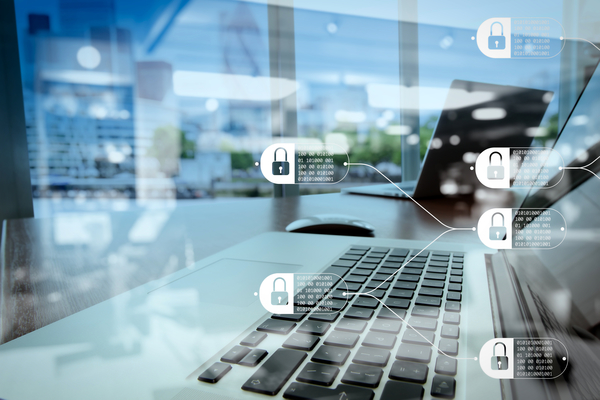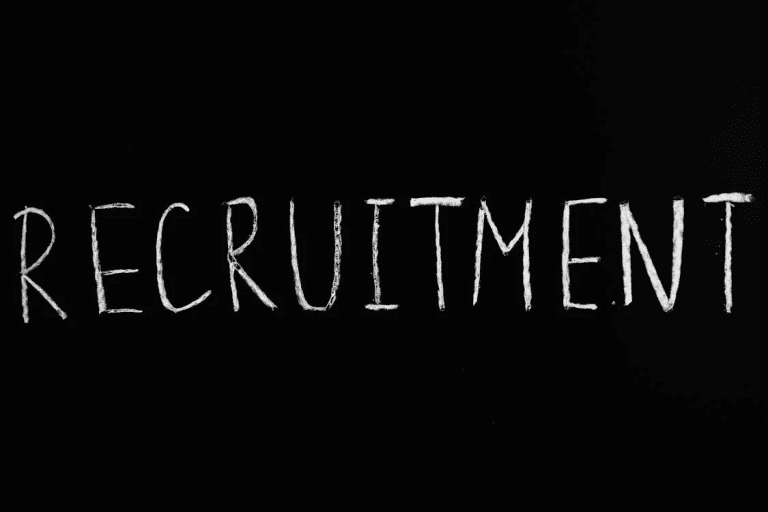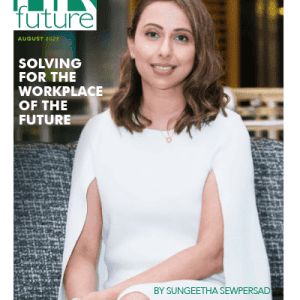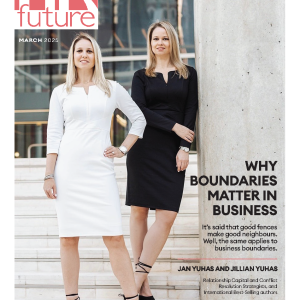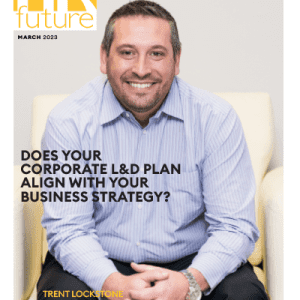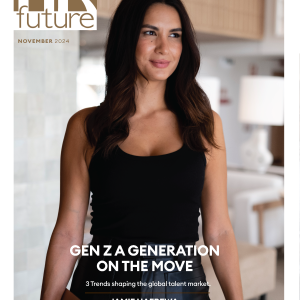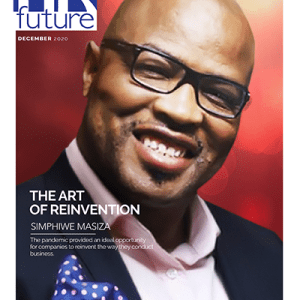AI will facilitate collaborative innovation and bridge communication gaps across cultures, geographies and industries.
By the day, we’re seeing more and more articles and research describing the ways that AI is already lessening our workloads, increasing our impact and freeing up time for us to do more of the creative and collaborative work we enjoy most.
That’s been welcome news to professionals. Microsoft’s latest Work Trend Index showed that 70% of workers would like to delegate as much work as possible to AI to lessen their workloads and, at LinkedIn, our estimate is that over 80% of our members are in a position to use AI to automate at least a quarter of the mundane and repetitive tasks that we do every day. If you think of AI as an always-available, personalized assistant that you can use across so many things you do, you start to see the possibilities.
For teams and leaders, the opportunity with AI is even bigger. We know that the best ideas come about when people come together and use their collective experience and knowledge to collaborate and innovate. AI has the ability to not only free up more time for you to focus on collaborative work, but it will also make it easier for you to do that kind of work by breaking down barriers that have always stood in the way of personal connection and collaboration at scale.
Think of all the barriers we encounter at every step of any collaborative effort. Language barriers across countries and cultures. Knowledge barriers across industries and functions. Skills barriers across experience levels and socioeconomic backgrounds. AI will reduce those barriers, making the context we need to more effectively engage with other people easier to understand. The result will be an era of greater innovation and growth at the companies that invest in it now.
Across LinkedIn, we’re using AI to help you focus more on the collaborative and higher-value work where we as humans can really make an impact. Here are some examples of how we’re doing that:
- We’re using generative AI to help recruiters save time and focus on the more strategic parts of the hiring process – like speaking to and building relationships with candidates. We’ve added AI-assisted messages in Recruiter to help with the first draft of personalized messages to candidates, which can be customized based on location, skills and workplace type;
- We’re also testing AI-powered job descriptions to help you find qualified candidates more quickly;
- To make marketers more efficient, we’re rolling out AI-generated ad copy suggestions in Campaign Manager using advanced OpenAI GPT models; and
- We’re constantly improving how we use AI across our B2B solutions to help marketers and sellers reach the right audiences with the right messages at the right time, measure conversations with accuracy, train our bidding models, surface insights about accounts and leads, and aggregate signals to connect with buyers.
And if you’re looking for new opportunities, we’ve also launched a number of new Premium features powered by Generative AI to help:
- Personalized profile writing suggestions take existing content on your LinkedIn profile to help you craft engaging Headline and
- About sections – which can lead to nearly 2x the number of opportunities;
- To make it easier for you to reach out to hirers, we’re starting to roll out personalized writing suggestions for Messaging to get you started; and
- Once you land an interview, we have prep tools so you can prepare for commonly asked questions, as well as AI-powered feedback on pacing, how often you use filler words, and phrases to avoid.
AI will reshape the definition of a career path
It used to be that you picked a job, you picked a company and then, for the most part, you spent your career rising up as far as you could in that role at that company. Sometimes you’d switch where you work. Rarely, if ever, would you switch what you did.
That ‘ladder’ mindset was anchored by two truths: first, that stability and predictability were what people craved most and second, that people came into a job with an education that set them up to succeed not only at the start of their career, but across their career. All of that is starting to change.
A while ago I wrote a post about how we all used to see career paths as linear, and are now recognizing that they can also be a squiggly line filled with pivots. AI is only going to accelerate this trend and make it virtually impossible for a one-off moment of learning to last an entire career.
The pace at which we all need to learn, and the need for us to demonstrate what we’ve learned across our careers, is rapidly increasing. And in many ways, the future of work is becoming intertwined with the future of learning.
We all need to have a growth mindset that is able to adapt to the changes starting to happen. But you’re not alone. We’re all on this journey together, and your network and platforms like LinkedIn can help.
We’re also going to start to see employers become educators, “training to hire” into ever-changing jobs through onboardings, apprenticeships and academies, as well as “training to promote” into ever-changing roles through upskilling and tours of duty that take employees into new functions and perhaps even new careers.
At the same time, it’s critical that employers, across industries, are thoughtful about what this means for their people, ethical about how they bring in AI, and invest in the training and development their talent needs. We also have to recognize that people who are part of historically marginalized communities are the most vulnerable to change and most at risk of getting left behind.
We’ve seen this happen across past industrial revolutions, where not enough has been done to engage these communities early. Greater cross-sector outreach to these communities and investing in skill building can help. These efforts could help lead to expanded access to opportunity for these communities.
Redefining work in the age of AI
We’ve seen change like this before. As the internet became more mainstream in the 1990s, the conversation was very similar to the one we’re having today. This new technology was seen by many as a threat to people, to jobs and to companies. Sound familiar? Jobs were lost, and there were challenges in the early days. But new jobs were also created.
In fact, 60% of employment in 2018 was found in jobs that didn’t exist in 1940. Where some companies stalled, others surged, giving way to new sectors and industries and, ultimately, new levels of economic growth all over the world. And now as we look back at the past three decades, the internet has helped people grow their skills, and created new jobs and companies.
I believe the same will be true with AI.
In a moment of change, you can dwell in fear and uncertainty or you can rise to meet it. This is precisely where LinkedIn is ready to help. Our platform and community is a place where you can share and gain knowledge about AI, learn and demonstrate new skills, find new opportunities, and leverage the power of our learning, recruiting, marketing and sales products to unlock growth.
We’re moving quickly to use the context we have from our data, combined with the technological capability we have, to provide you with the tools and insights you need to navigate this moment of change.
We are in the early days of a new era for work, and what it ultimately becomes is up to us. Together we can shape work in the age of AI to be more human and more fulfilling.
Ryan Roslansky is the CEO at LinkedIn based in the San Francisco Bay area, California, US.








